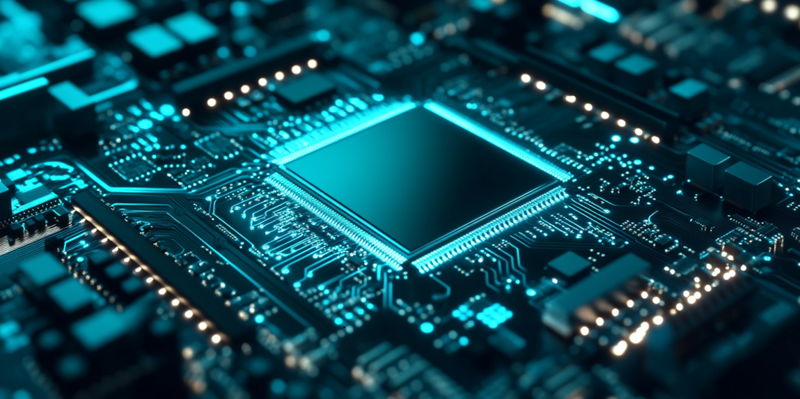In a stunning display of technological prowess, memory manufacturers G.Skill and Kingston have recently pushed the boundaries of DDR5 memory overclocking, achieving speeds that nearly double those officially supported by the new Intel Core Ultra 200 series CPUs. Both companies have succeeded in surpassing 12,000 MT/s in their overclocking endeavors, though this remarkable feat was accomplished under highly specific and somewhat impractical conditions for everyday use. These achievements highlight not only the potential of DDR5 memory but also underscore the intense competition between these leading memory manufacturers.
G.Skill’s Breakthrough with Trident Z5
G.Skill managed to achieve a speed of DDR5-12066 using their Trident Z5 memory sticks, a headline-grabbing achievement that required the use of liquid nitrogen cooling. This highly specialized cooling method is critical in preventing the memory modules from overheating when operating at such extreme speeds. Employing liquid nitrogen allows the memory to remain stable and maintain signal integrity at these elevated frequencies. The success of G.Skill was not by accident; it involved meticulous setup and multiple expert overclockers working in tandem to fine-tune the settings to achieve this record-breaking speed. Despite the impressive results, it’s important to note that such configurations are far from practical for the standard consumer, indicating that while the technology shows promise, it is not yet ready for mainstream deployment.
Kingston’s Edge with Fury Renegade CUDIMM
Kingston marginally outperformed G.Skill by reaching a record speed of 12,108 MT/s with their Fury Renegade CUDIMM memory sticks. These sticks feature a unique clock generator on the memory itself, which bypasses the CPU’s clock, resulting in better signal integrity and enhanced stability. Much like G.Skill, Kingston’s achievement required the use of liquid nitrogen cooling, similar non-standard configurations, and specific adjustments such as disabling E-cores and limiting P-cores to 400 MHz. This intricate setup underscores how far current practical applications lag behind these experimental overclocking achievements. Nevertheless, Kingston’s use of CUDIMM presents a distinctive advantage and suggests a promising direction for future developments in memory performance technology.
Future Implications of Overclocking Achievements
In an impressive demonstration of technological excellence, memory manufacturers G.Skill and Kingston have recently exceeded expectations in the field of DDR5 memory overclocking. They have achieved blistering speeds close to double the official limits supported by the new Intel Core Ultra 200 series CPUs, reaching over 12,000 MT/s. This incredible milestone, while notable, was achieved under very specific and somewhat impractical conditions that are not feasible for daily use. Nonetheless, these accomplishments highlight the untapped potential of DDR5 memory, showcasing how far the technology can be pushed. The notable achievements of G.Skill and Kingston also emphasize the fierce competition between these two leading memory manufacturers, each striving to outdo the other with cutting-edge advancements. While these overclocking records are impressive, they serve as a benchmark for what can be accomplished in future, perhaps more practical, computing scenarios. This progress illustrates not only the current capabilities but also hints at the promising future of memory technology development.

